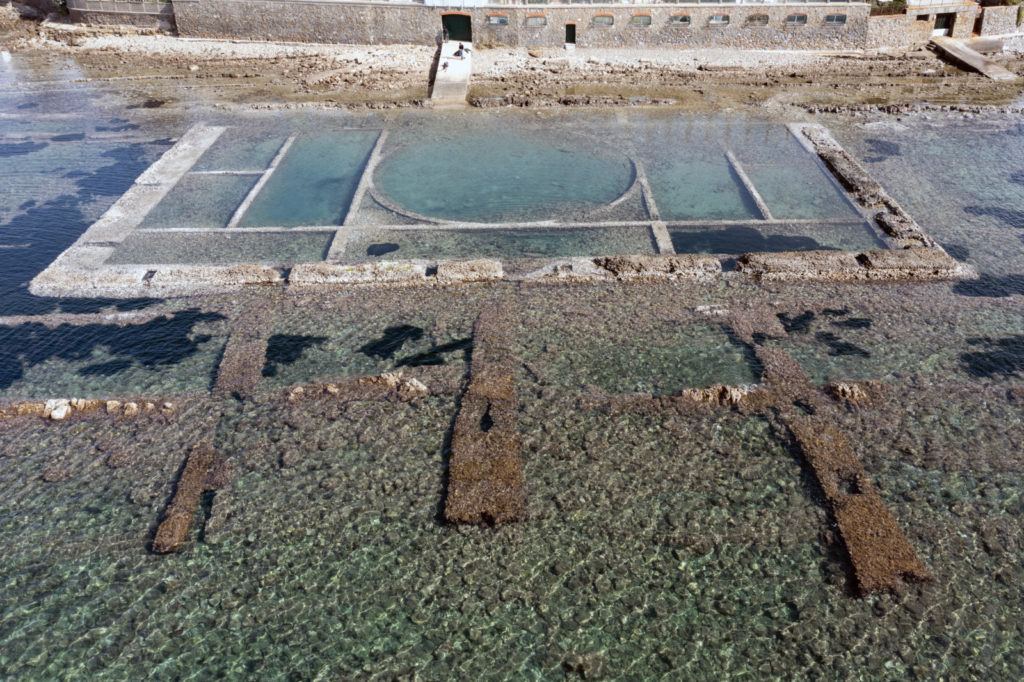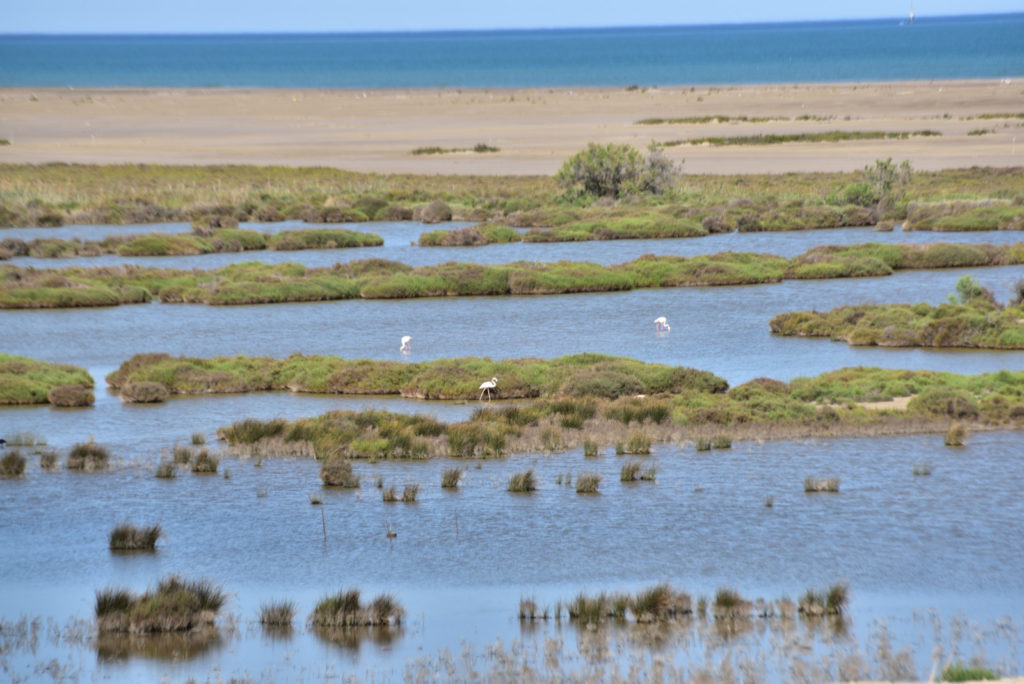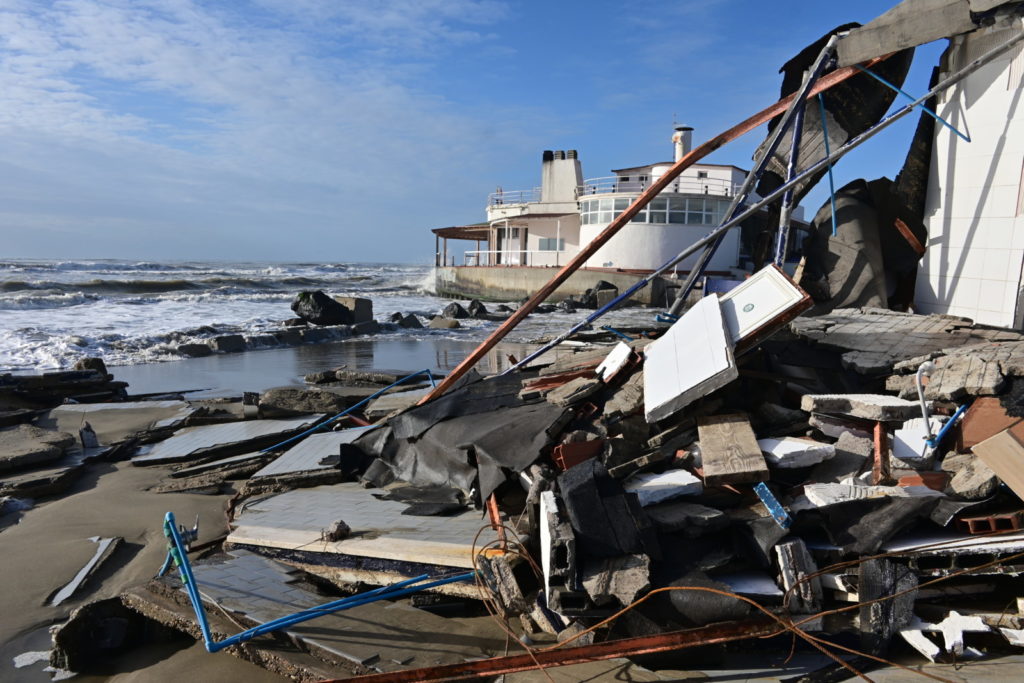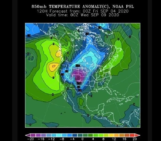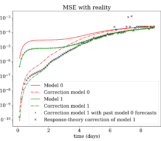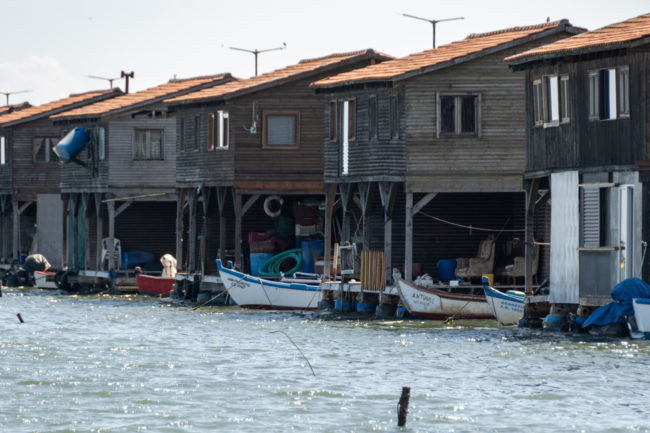
Over 70% of the Earth’s surface is covered by seas and oceans but in the geological past the extension of sea and land has varied several times as sea level changed over time. During the past millions of years, the oceans have cyclically retreated and expanded with the alternating of warmer and colder climatic periods in consequence of the astronomical motions of the Earth, repeatedly changing the geography of our planet.
Since the last glacial maximum about 18,000 years ago, sea level has risen by about 130 m to its current level, shaping the coasts of continents and islands as we see them today. Along the coasts of Mare Nostrum, the Mediterranean Sea, geo-archaeological studies proved that in the last 3,000 years the rising sea has gradually submerged coasts and settlements from the Phoenician, Etruscan, Greek and Roman periods. Then, the sea level remained relatively stable over the last few centuries before starting to rise again.
When I was a child, I remember the sea was far from my house even during storms. Now the beach has become narrower and the sea has become closer. So much that it floods houses, streets and fields.
Stories like this one can often be heard talking to elderly people who live on the coasts of the five continents, who are the visual witnesses of the recent change. The sea-level rise we are seeing today, is a slow and insidious global phenomenon affecting coasts and islands. In particular, the most exposed areas are the low lying coasts, which are more likely to be submerged in the coming decades.
How much is sea level rising?
Scientific data collected from ground and space over the last few decades show that sea level began to rise during the mid-19th century, rose by approximately 14-17 cm during the 20th century, and is now rising at the rate of nearly 40 cm per century, thus representing a factor of hazard for many coastal populations and the environment.
The cause of this accelerated trend is the global warming caused by human activities that have dramatically developed since the beginning of the industrial era with the consequent unprecedented concentration of anthropogenic greenhouse gases in the atmosphere. This invisible process triggers the acceleration of the melting of the ice on our planet and the thermal expansion of the oceans. If greenhouse gas emissions will continue in the coming years without any mitigation, in the next 80 years, global sea levels could be up to about one meter higher than today. But it could also rise to about 1.5 meters if the Greenland and Antarctic ice sheets will melt faster than expected. This trend will continue in the coming centuries and the sea level could rise up to about 7 meters more than today in 2300 roughly approaching the same level of 125,000 years ago.
However, in addition to this phenomenon, also land subsidence plays a crucial role, i.e. the downward movement of the coastal zone due to natural (e.g. geological movements) or anthropic (e.g. extraction of ground fluids) causes. On one side the sea rises while on the other the land falls, thus accelerating the flooding of the coasts, with consequent impacts on the environment and on human activities. As is happening, for example, in Venice, New York or Jakarta, to name a few well-known cases. The SAVEMEDCOASTS2 project (www.savemedcoasts2.eu), funded by the European Civil Protection, aimed at preparing coastal populations of the Mediterranean to the effects of sea level rise. First results began to outline the expected scenarios: an area like Switzerland could be submerged by 2100.
While the sea level rises, the coasts retreat, erosion accelerates, water tables near the coasts are polluted by sea water making fresh water unusable for agricultural and human use. With these scenarios, important social and economic consequences are expected which can even be higher than large earthquakes or volcanic eruptions.
Nearly a billion of people living along the coasts of every continent are exposed to this risk. The latest AR6 Report issued by the Intergovernmental Panel of Climate Change (IPCC) (www.ipcc.ch) shows in detail the current phenomenon and its likely evolution in the coming years, admonishing governments around the world on the need to intervene to slow down the global warming. However, the last Conferences of the Parties (COP), have not achieved the objective of pushing all industrialized countries to undertake the ecological transition to reduce greenhouse gas emissions, with the consequence to run toward that critical limit of 5°C of global warming. Besides widespread drought and increasingly occurrence of extreme meteorological events, the oceans would rise to critical levels flooding lands, threatening the integrity of coastal infrastructures and the safety of people all around the world.
Will we be able to deal with and overcome these changes?

